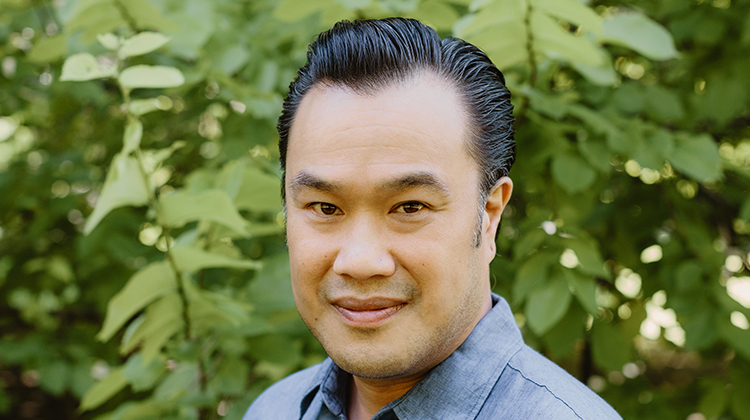How to Support COVID Generation Teachers

Amid the excitement of the start of the 2022 school year, a group crucial to the future of Australia’s education system has slipped through the school gates with little fanfare.
In states hit by Omicron, many principals were preoccupied with the introduction of new testing regimes, mask protocols and ventilation, while experienced teachers focused on re-engaging students in face-to-face learning.
But there is another important group grappling with the challenges of COVID-19: a wave of new graduate teachers who stepped into class with the lowest levels of in-classroom pre-service training of any cohort in recent memory.
Supporting these new teachers, and inspiring them to commit to the profession for the long haul has never been more important.
The NEiTA-ACE Teachers Report Card 2021 found 84 per cent of teachers considered leaving the profession in the past year. AITSL’s Australian Teacher Workforce Data: National Teacher Workforce Characteristics Report December 2021 found a quarter of teachers intended to leave the profession before retirement age, with 86 per cent citing workload or coping as a reason for leaving. Rates were more pronounced in younger teachers, with 34 per cent of teachers under 30 intending to leave early.
The AITSL survey was conducted before the pandemic, when new education professionals enacted their pre-service education theory by quickly building a practical arsenal of classroom experiences of what to do – and what not to do when engaging their students with learning.
Just as COVID-19 has interrupted education for primary and secondary students, the newest cohort of teachers have endured two years of interrupted pre-service training in their tertiary courses.
That means they have less practical in-service placement experience under their belts than their predecessors, at a time when the challenges of teaching have never been more complex.
Berry Street works closely with schools to create trauma-informed, strengths-based classrooms. We help individual teachers and whole schools to adopt practical strategies to support the most vulnerable students in our system.
Sadly, as we manage the third year of the pandemic, we are seeing many more students presenting at school with signs of trauma and chronic stress. We witness students trying to meet their own needs for learning in healthy and unhealthy ways.
This can manifest in vulnerable students acting out, creating additional challenges for inexperienced teachers.
With attrition rates for early career teachers estimated at 30–50 per cent, the entire school community needs to step up and ensure new teachers are positioned for success. Our educational systems depend upon fortifying our next generation of teachers with advances in trauma-informed, strengths-based strategies.
Tips to help new teachers succeed:
Show unconditional positive regard for all students
A core practice of the Berry Street Education Model (BSEM) is to show students unconditional positive regard, which creates a basis for constructive interactions and growth. For new teachers to maintain unconditional positive regard for some students can be difficult, as they invest precious resources of their time, care, and empathy into their work. Feeling like one is on the receiving end of a student’s resistance or struggle can deplete these resources. In short, it can take years to fortify one’s own professional identity to realise – it’s not about you. We advocate for teachers to remember that each student is on their own developmental journey with their own unique needs. Ruptures can happen daily, but so can repair.
Take a strengths-based approach
When supporting students who easily escalate or whose behaviour has the potential to rupture classroom communities, it is a natural and human response to narrow our focus on a student’s problems and areas for improvement. In our high-stakes accountability culture, it’s easy to fall into a deficit mindset under the pressure – particularly for new teachers. While it’s important to consider how we can intervene with students, we also must recall what’s right with them. What are this student’s unique character strengths? When is this student on-task, and how can we replicate the conditions which facilitate their success? Help new teachers identify their strengths and build their confidence from an understanding of what they do well.
Provide whole of school strategies for managing classroom behaviour
Once a new teacher settles into their school, they quickly realise that they are not an island. There will be other subject matter teachers, specialist teachers, intervention aides and educational assistance, casual relief teachers and wellbeing staff in their students’ day. We can support new teachers by remembering that their own induction into a whole-staff approach is critical. Adopting whole of school practices creates consistency for students and teachers.
Prioritise teacher wellbeing
The system only works when students are ready to learn, and teachers are ready to teach. That means listening to teachers, and taking real steps to meet their needs before they burn out. Berry Street’s research suggests that teachers benefit when they understand the impacts of exposure to childhood trauma and adversity, when they are given opportunities and strategies to reflect on their own self-care, and when they are intentionally taught the emerging sciences of attachment in relationships.
Teacher attrition comes at a huge cost to Australia’s education system and, ultimately, to students. It wastes training and talent we desperately need.
Let’s acknowledge the special challenges faced by new teachers – and the incredible energy and strengths they bring – and do our part to give them the strategies they need to contribute to communities.